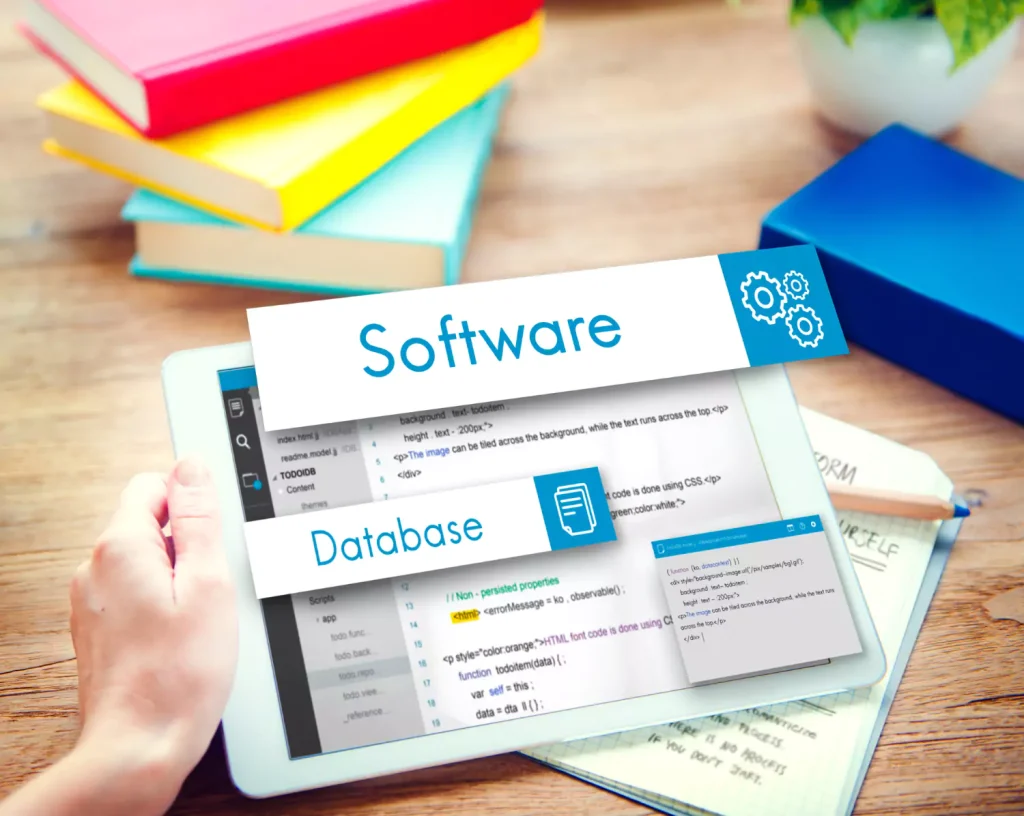The Elecnor Group, a leading global corporation in project development, construction, and operation, has invested more than €13.4 million in 2022 to improve occupational risk prevention and workplace safety, reflecting an 8.9% increase from the previous year. This investment underscores the importance of proactive risk management in maintaining a safe and resilient work environment. Competitive […]
Risk Analysis Unveiled: The Role of Research in Navigating Business Uncertainties
Businesses face risks at every stage — whether expanding into new markets, launching products, forming alliances, adopting new technologies, or navigating economic downturns. They often require a thorough risk analysis to drive long-term growth and maintain a competitive edge, especially in the face of unforeseen events that threaten stability and profitability. A structured approach to […]
Analytical CRM and the 10 Best CRM Analytics Tools in 2025
Customer expectations are evolving, and businesses must go beyond traditional CRM systems to stay competitive. Analytical CRM is transforming the way organizations interact with customers by turning raw data into actionable insights that drive decision-making. From identifying buying patterns to optimizing customer engagement, analytical CRM enables companies to leverage business intelligence, AI, and predictive analytics […]
Understanding Automated Data Processing: From Basics to Business Applications
The BMW Group is collaborating with Amazon Web Services (AWS) to enhance its autonomous driving capabilities by scaling data processing and management. This partnership aims to efficiently manage the large volumes of data generated by autonomous vehicles, enabling faster development cycles and improved safety features. Competitive Intelligence Guide | InfoMineo AI-Powered Data Processing Discover Infomineo’s […]
The 10 Best Web Scraping Tools for 2025
In the digital age, data is power. Businesses, researchers, and consultants rely heavily on web scraping tools to gather critical insights from online sources. These tools enable users to automate data collection, save time, and make informed decisions based on real-time web data. As technology evolves, the best web scraping tools in 2025 are more […]
Mastering Data Processing: A Guide to Key Steps and Modern Technologies
Drasi is an open-source data processing system developed by Microsoft that simplifies the detection of critical events and enables automated responses in complex infrastructures. Designed for event-driven architectures, Drasi continuously monitors various data sources for changes without the overhead of traditional data processing methods. This innovative solution allows organizations to manage real-time data and respond […]
Regulatory Compliance Management: Addressing Key Challenges Through Proven Best Practices
Since its foundation in 2019, Abstract has partnered with over 200 organizations to enhance its AI-powered regulatory risk management platform. Abstract reduces hours spent analyzing legislative and regulatory policy by synthesizing high volumes of data and helping businesses anticipate the impacts of proposed government policy changes. The platform analyzes information from more than 145,000 government […]
What is Regulatory Compliance? Maximizing Benefits and Preventing Non-Compliance Risks Through Business Research
Companies operating tourism facilities in Saudi Arabia are facing hefty penalties for failing to obtain the necessary licenses, with fines reaching up to SR1 million. In 2024, the Saudi Ministry of Tourism issued a stern warning that strict penalties, including facility closures and financial sanctions, will be enforced against non-compliant establishments. This announcement follows recent […]
Regulatory Requirements Across Industries: A Comparative Analysis of the United States and Europe
In July 2024, Meta made headlines by agreeing to a staggering $1.4 billion settlement with the state of Texas over allegations of unauthorized biometric data usage. The lawsuit claimed that Meta collected and utilized the biometric information of millions of Texans from photos and videos uploaded to Facebook without obtaining the necessary permissions. This legal […]
The Growth of DEXs in DeFi: A Comprehensive Look at the Associated Risks
Decentralized Finance (DeFi) is transforming the financial landscape by enabling peer-to-peer transactions without the need for traditional intermediaries like banks. DeFi offers a wide range of financial services, including lending, borrowing, trading, and more. Among the various DeFi platforms, Decentralized Exchanges (DEXs) have gained significant attention due to their ability to facilitate digital asset trading […]









